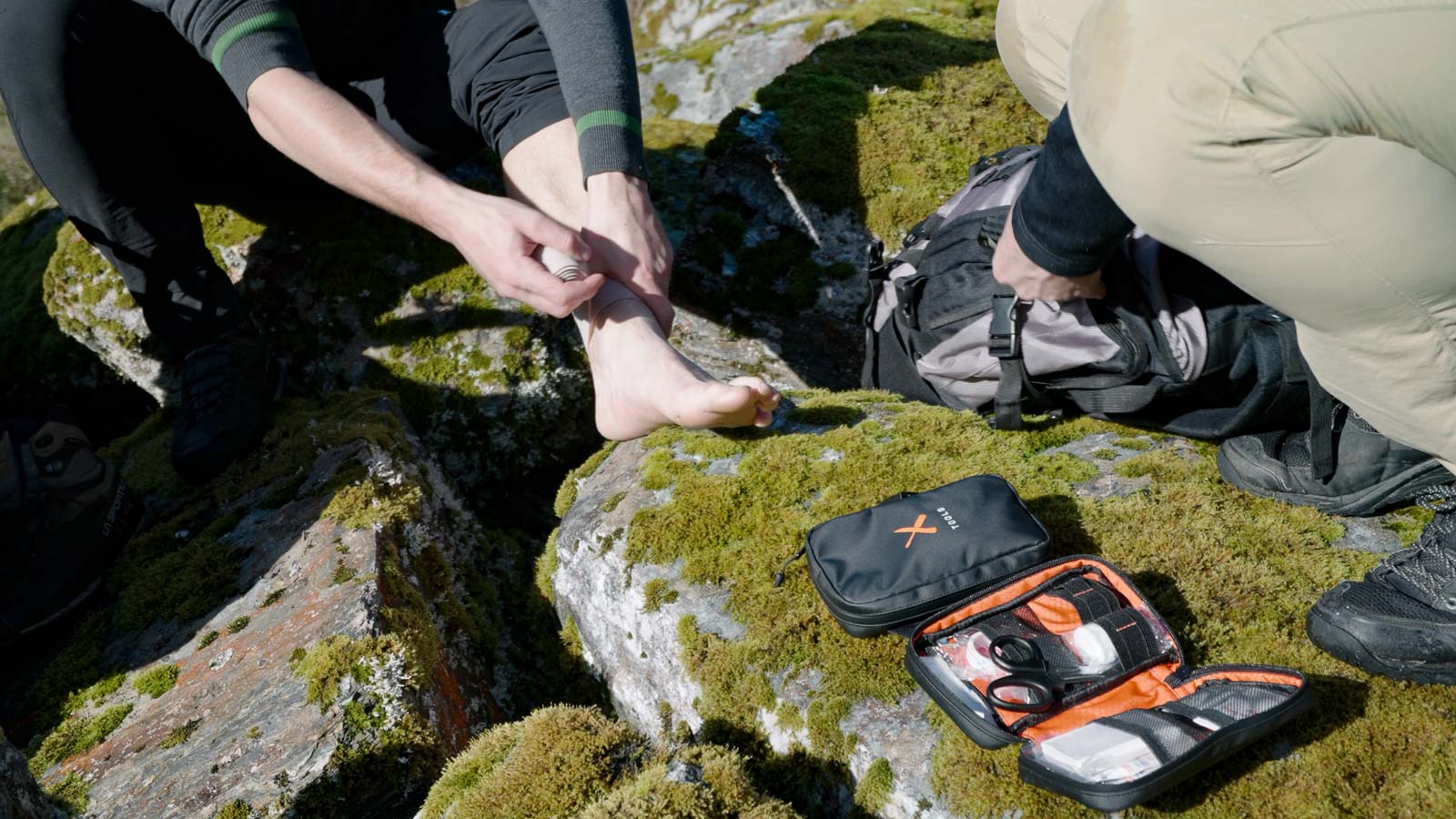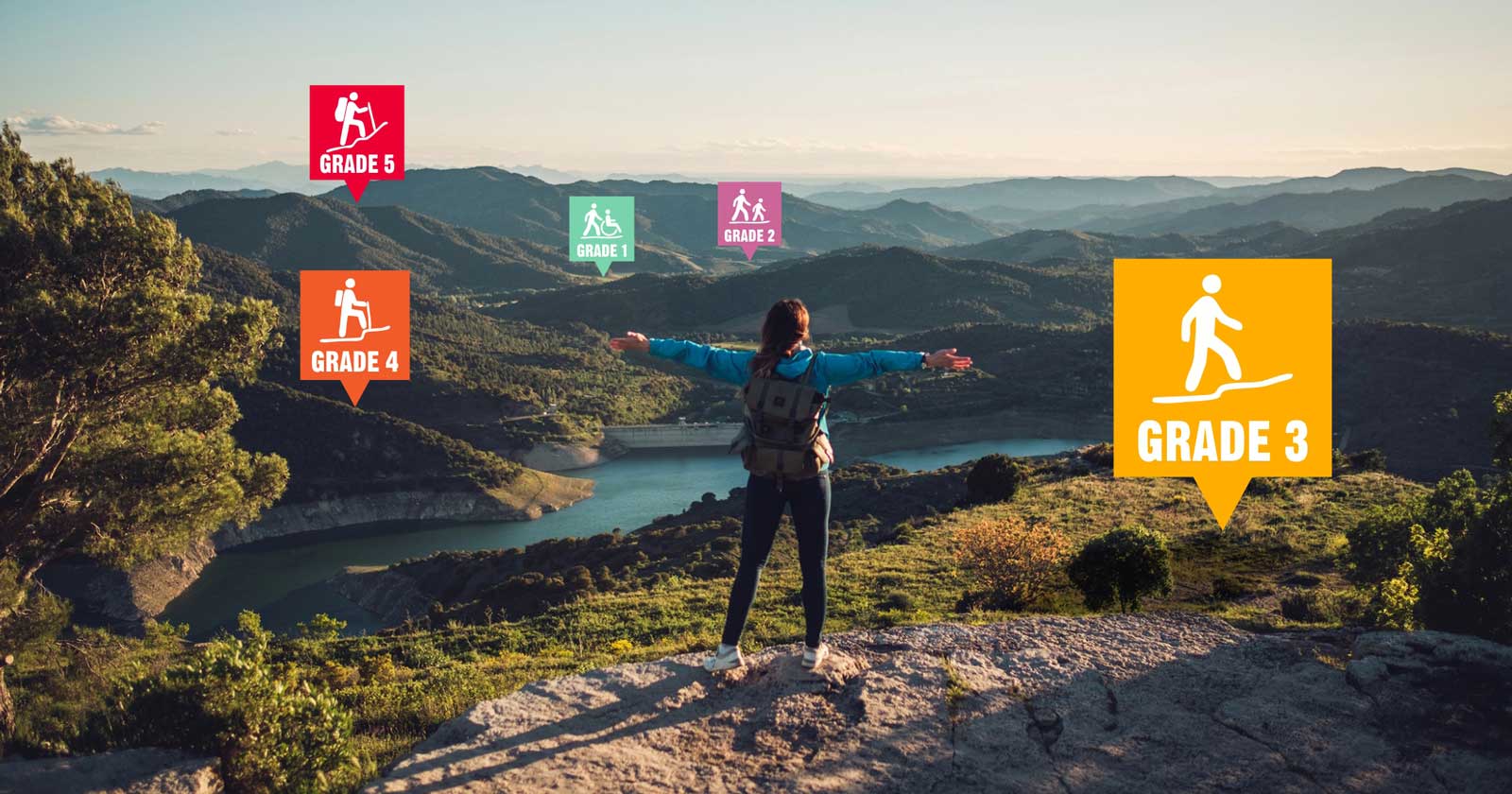Imagine yourself traversing rugged mountain ranges under a bright blue sky. Or, picture feeling the cool spray of a hidden waterfall as you navigate a lush rainforest path. Maybe you dream of hiking along a challenging coastal cliff walk with breathtaking ocean views. Australia offers all this and more for hiking enthusiasts. Whether you’re a seasoned adventurer seeking multi-day challenges or a weekend explorer looking for leisurely strolls, there’s a trail waiting for you.
However, with diverse climates and terrains across each state, proper planning is crucial. This guide provides key considerations for each region to ensure your Aussie hiking adventure is as exciting as it is safe. Let’s explore some key considerations for each region.
General planning and safety tips
- Always do your research: Regardless of the state, thorough research is crucial. Study official park maps, trail guides, and weather forecasts. Check for closures, restrictions, and safety warnings issued by local authorities.
- Know your limits: Choose trails that match your fitness level and experience. Start with easier hikes and gradually build up to more challenging routes.
- Plan your trip meticulously: Consider factors like distance, estimated duration, terrain difficulty, sun exposure, water availability, and potential hazards. Pack accordingly with food, water, navigation tools, sun protection, first-aid kits, and emergency devices.
- Inform others: Share your trip details with a trusted friend or family member, including your planned route, estimated duration, and contact information.
- Respect the environment: Minimise your impact by staying on designated trails, practicing responsible waste disposal, and respecting wildlife and plant life.
State-specific considerations
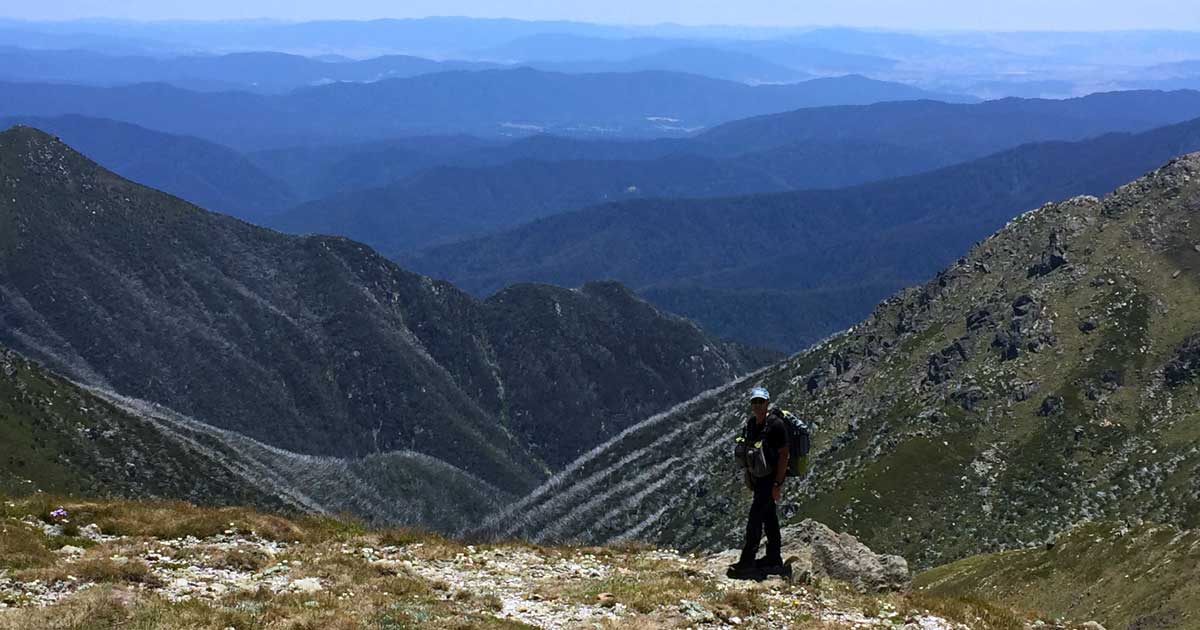
New South Wales (NSW)
New South Wales unveils its awe-inspiring beauty on countless hiking trails, winding through diverse landscapes for every adventurer. Traverse shimmering coastal paths, conquer Australia’s highest peaks in the Snowy Mountains, or delve into the ancient mysteries of UNESCO-listed rainforests. Whether you’re a seasoned trekker or a weekend wanderer, NSW’s wilderness beckons with unforgettable journeys.
Landscape: Diverse, with coastal cliffs, mountains like the Blue Mountains, and vast national parks like Kosciuszko National Park.
Climate: Varied, with hot summers and mild winters in the coast, while inland and mountains experience more extremes. Be prepared for sudden thunderstorms and heavy rain.
What to plan for:
- Be prepared for heatwaves in summer and unpredictable weather throughout the year. Flash floods are a hazard in some areas. Bushfires are a major concern, especially in dry seasons. Check fire bans and warnings before venturing out.
- During winter, particularly in the Snowy Mountains, expect snow and freezing temperatures. Pack appropriate clothing and footwear for snow conditions. This region transforms into a winter wonderland, perfect for snow sports enthusiasts.
- With hot summers and unpredictable weather, pack sunscreen, a hat, and sunglasses for year-round sun protection.
- Snakes and spiders are common, so be cautious and aware.
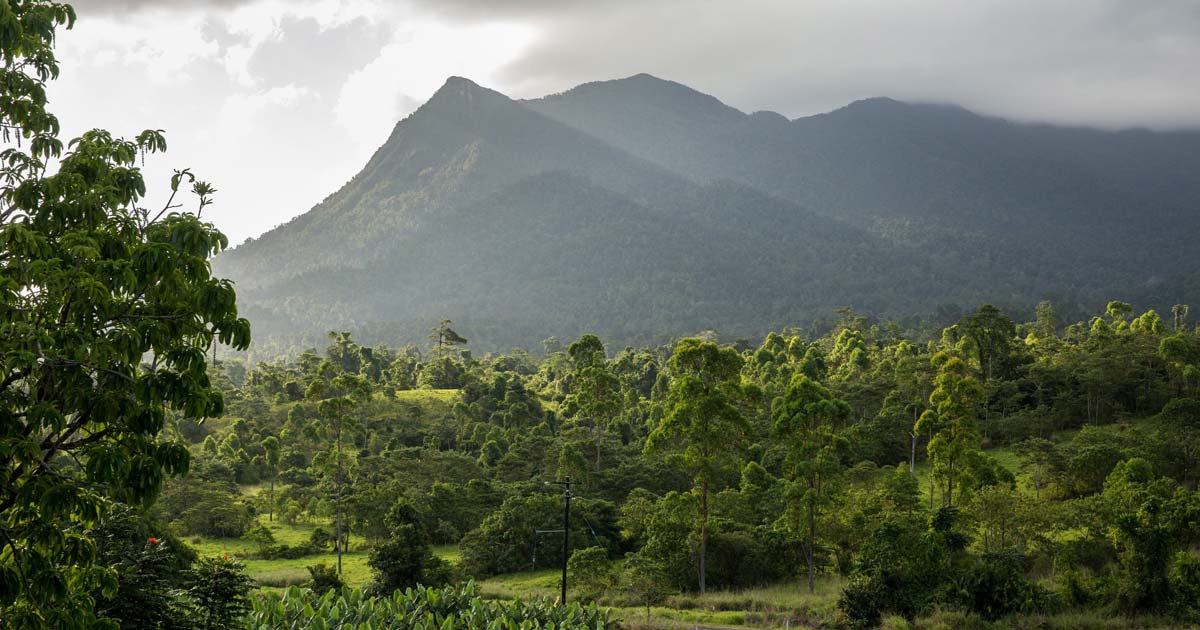
Queensland (QLD)
Queensland’s breathtaking national parks beckon outdoor enthusiasts with an unparalleled tapestry of hiking trails. From leisurely strolls to heart-pounding climbs, refreshing dips in hidden waterfalls to multi-day Great Walks through ancient rainforests and rugged mountains, Queensland’s hiking scene caters to every adventurer’s desire.
Landscape: Tropical rainforests dominate Queensland’s hiking scene, offering a lush and vibrant experience. You’ll also find stunning coastlines with beaches and islands, sandstone escarpments like those in Carnarvon National Park, and outback regions in the west.
Climate: Tropical, with hot and humid summers and warm winters. The wet season (November to April) brings heavy rainfall and the possibility of cyclones. Queensland experiences a dry season with more pleasant hiking conditions, typically from May to October.
What to plan for:
- Wet Season Considerations: Tropical cyclones and heavy rainfall are common during the wet season (November to April). i recommend researching the specific weather conditions for your planned hike to ensure safety and optimal enjoyment. Some trails may be inaccessible or treacherous during this time.
- Beware of crocodiles in coastal and estuarine areas, especially when swimming or near water.
- Mosquitoes can be a nuisance, so use insect repellent.
- Heat exhaustion and dehydration are risks in the tropical north, especially during summer.
Tip: While the wet season brings challenges, some hikers prefer it for the lush landscapes and fewer crowds. If you’re planning a wet-season hike, consider exploring areas like Daintree Rainforest known for their beauty during this time.
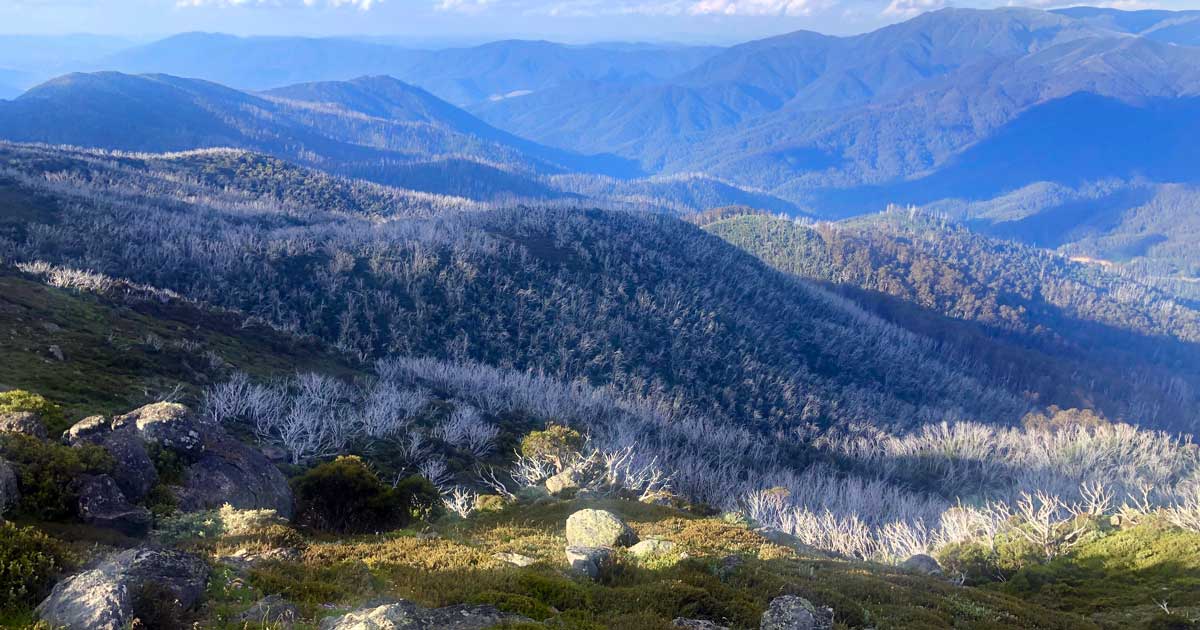
Victoria (Vic)
Victoria’s stunning national parks, reserves, and even suburban retreats offer the perfect escape for every hiker, with trails ranging from leisurely strolls through ancient forests to exhilarating summit climbs. Victoria’s diverse landscapes offer something for everyone, so consider your interests and fitness level when choosing a hike. Immerse yourself in breathtaking landscapes – rugged coastlines like those along the Great Ocean Road, jagged peaks in the Grampians, serene river valleys, charming historic towns, and the dramatic coastal wilderness of Wilsons Prom await.
Landscape: Diverse, with mountain ranges like the Victorian Alps, rolling hills, dramatic coastal cliffs like those found along the Great Ocean Road, and the wild beauty of Wilsons Prom National Park.
Climate: Temperate, with warm summers and cool winters. Rain and drizzle are common year-round, with occasional snowfalls in high altitudes during winter.
What to plan for:
- Don’t miss iconic destinations: Explore the network of charming historic towns nestled throughout Victoria. Hike the dramatic coastal wilderness of Wilsons Prom National Park with its pristine beaches and wildlife. The Grampians National Park awaits with its rugged sandstone ranges and waterfalls. Combine a coastal drive with spectacular hikes along the Great Ocean Road.
- Be prepared for unpredictable weather throughout the year, with the possibility of sudden storms and strong winds. Check the forecast before you go and be prepared to adjust your plans accordingly.
- Bushfires are a major concern, especially during the summer months in eastern Victoria. Always check fire bans and warnings before venturing out.
- Snakes are common, particularly during the warmer months. Be cautious and aware of your surroundings on the trail.
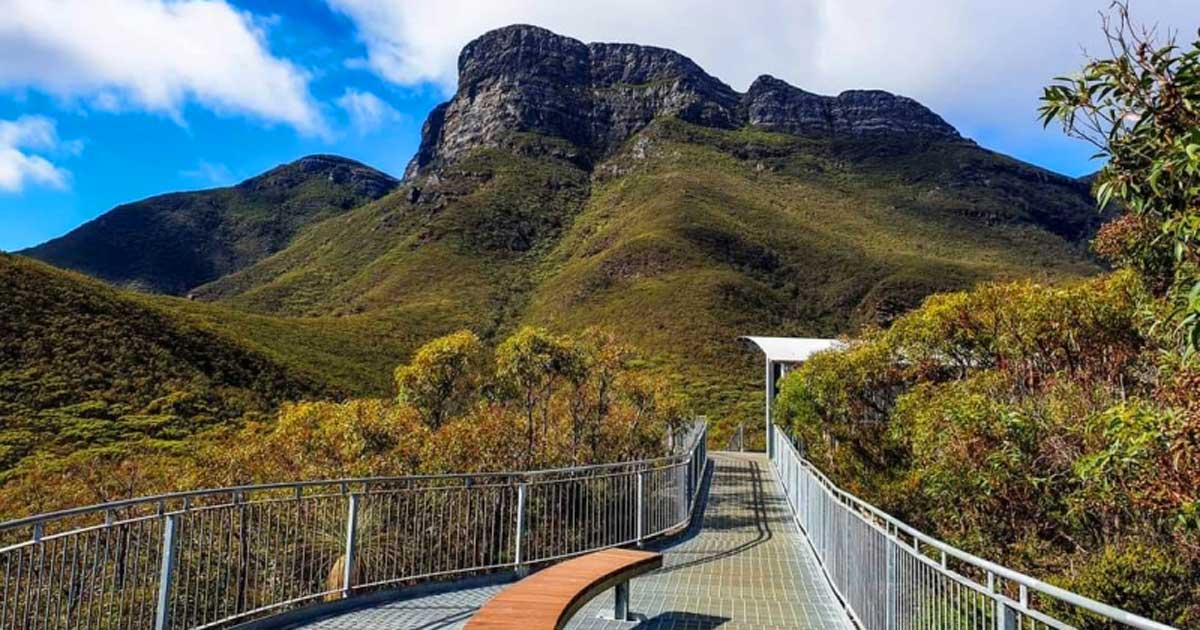
Western Australia (WA)
Western Australia entices hikers with breathtaking landscapes, from ancient gorges and wind-battered coastal cliffs to vibrant wildflower displays and star-studded desert skies. Hundreds of trails traverse diverse terrains, offering experiences for every adventurer – from leisurely strolls to multi-day treks that truly test your limits. Explore world-renowned paths like the Bibbulmun Track, summit challenging peaks in the Stirling Range National Park, or witness the raw beauty of Karijini National Park’s gorges. Immerse yourself in the unique flora and fauna of each region, discover hidden waterfalls and ancient rock formations, and reconnect with nature on an unforgettable journey.
Landscape: Diverse, encompassing arid deserts, stunning gorges like those in Karijini National Park, rugged mountain ranges, and a beautiful coastline.
Climate: Varied across the state. The north experiences hot and dry summers with mild winters, while the south has a cooler and wetter climate.
What to plan for:
- Be prepared for extremes: Deserts and arid regions demand thorough water preparation and heatstroke prevention measures.
- Flash floods: Be aware of the risk of flash floods in gorges and creeks, especially during the rainy season.
- Coastal safety: Coastal areas can experience strong winds and rip currents. Always exercise caution and check weather conditions before venturing near the water.
- Wildlife awareness: Scorpions and snakes are present throughout Western Australia. Be cautious on the trail and remain aware of your surroundings.
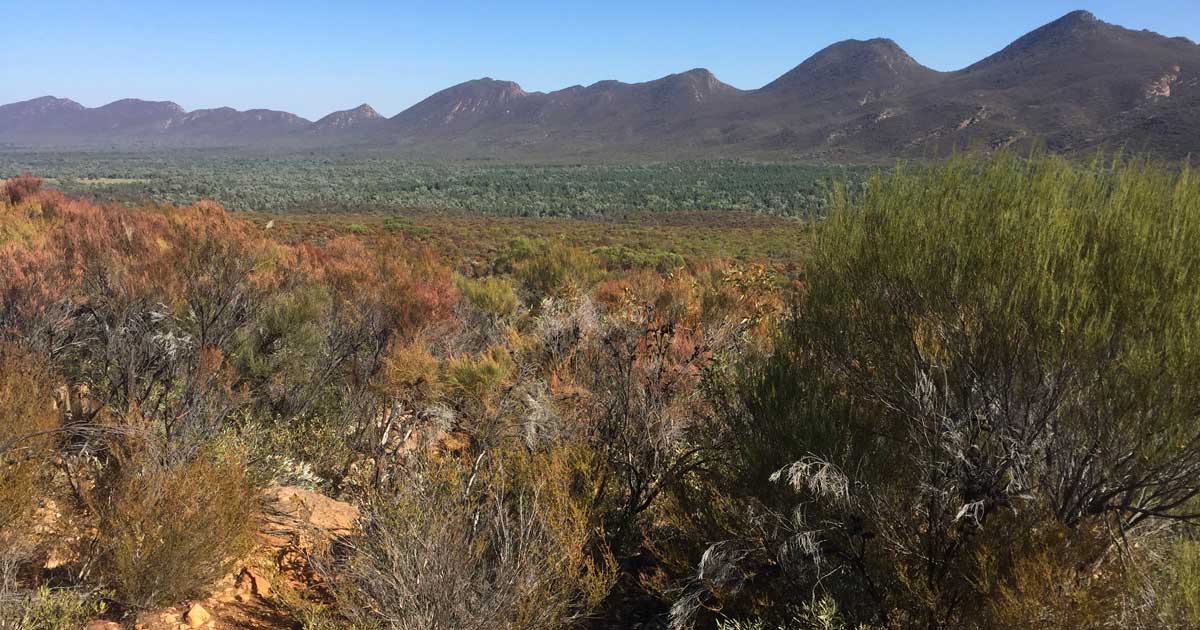
South Australia (SA)
South Australia unveils a diverse playground for hikers, from hidden coves along rugged coastlines to ancient gorges carved by time, and even soaring peaks reaching towards the vast, sun-drenched sky. Whether you’re a seasoned adventurer or a weekend explorer, South Australia promises unforgettable journeys on foot with trails catering to various skill levels.
Landscape: Diverse, encompassing arid deserts, the majestic Flinders Ranges, long stretches of coastline with pristine beaches and dramatic cliffs, the unique wilderness of Kangaroo Island and Flinders Chase National Park, and protected areas like Deep Creek National Park with its remnant bushland.
Climate: Primarily arid and hot, with warm summers and mild winters. Rain is infrequent but can be heavy when it occurs.
What to plan for:
- Be aware of extremes: Inland areas are prone to heatwaves and dust storms. Ensure proper hydration and sun protection during these periods.
- Coastal safety: Coastal waters can be treacherous with strong currents and sudden waves. Always check weather conditions and exercise caution near the water.
- Wildlife awareness: Spiders and snakes are common, especially in drier regions. Be cautious on the trail and remain aware of your surroundings.
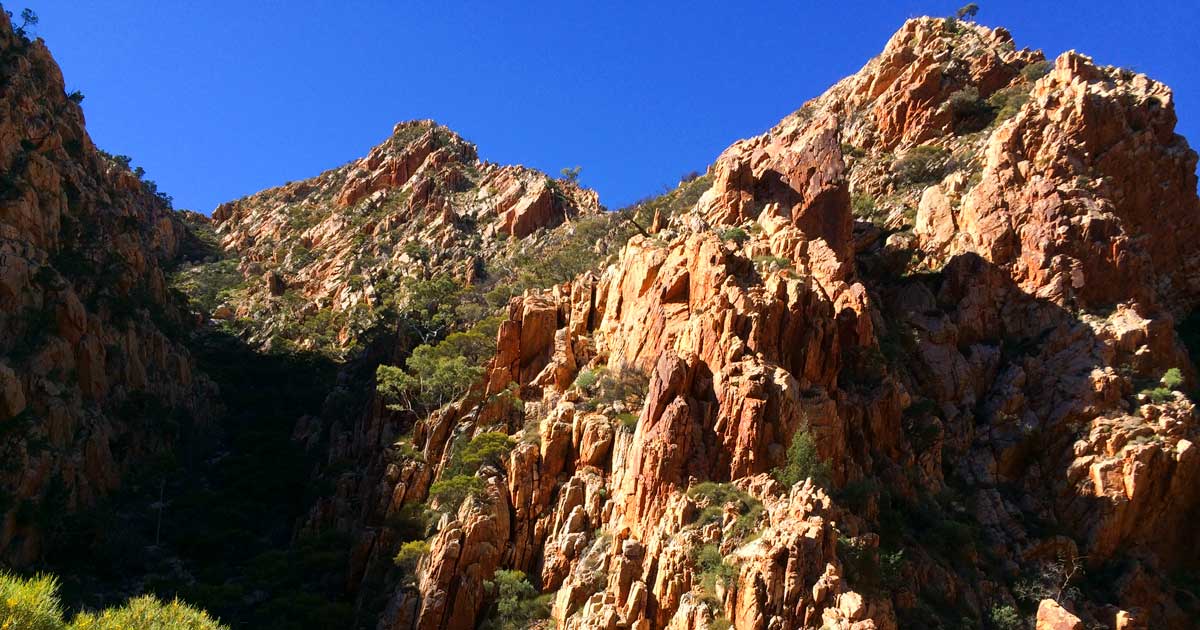
Northern Territory (The NT)
The Northern Territory entices adventurers with its dramatic landscapes. Traverse soaring sandstone gorges in the majestic West MacDonnell Ranges, encounter ancient Aboriginal rock art on the iconic Uluru-Kata Tjuta trails, or lose yourself in the verdant beauty of Kakadu and Litchfield National Parks. Whether you crave the rugged adventures of Arnhem Land’s outback or the serenity of Nitmiluk’s tropical gorges, the Northern Territory’s diverse terrain guarantees an unforgettable hiking experience.
Landscape: Diverse, encompassing rugged outback deserts, towering sandstone formations like Kata Tjuta (Uluru), lush Kakadu National Park with its waterfalls and wetlands, and the dramatic gorges of Nitmiluk National Park.
Climate: Varies across the region. The central region experiences a dry climate, while the north is tropical with hot, humid summers and warm winters. Monsoon rains (November to April) are common and can cause flash floods and road closures.
What to plan for:
- Be prepared for extremes: The Top End experiences extreme heat and humidity. Ensure proper hydration, wear lightweight, breathable clothing, and plan hikes for cooler parts of the day.
- Monsoon season: Be aware of monsoon rains (November to April) that can cause flash floods and road closures. Check weather conditions before venturing out and be prepared to adjust plans accordingly.
- Crocodile awareness: Crocodiles are prevalent in Northern Territory waterways. Exercise extreme caution near water, stay on designated trails, and never swim in croc-infested waters.
- Insect precautions: Be prepared for insects like mosquitoes and biting flies. Pack insect repellent and wear long, loose clothing for protection.
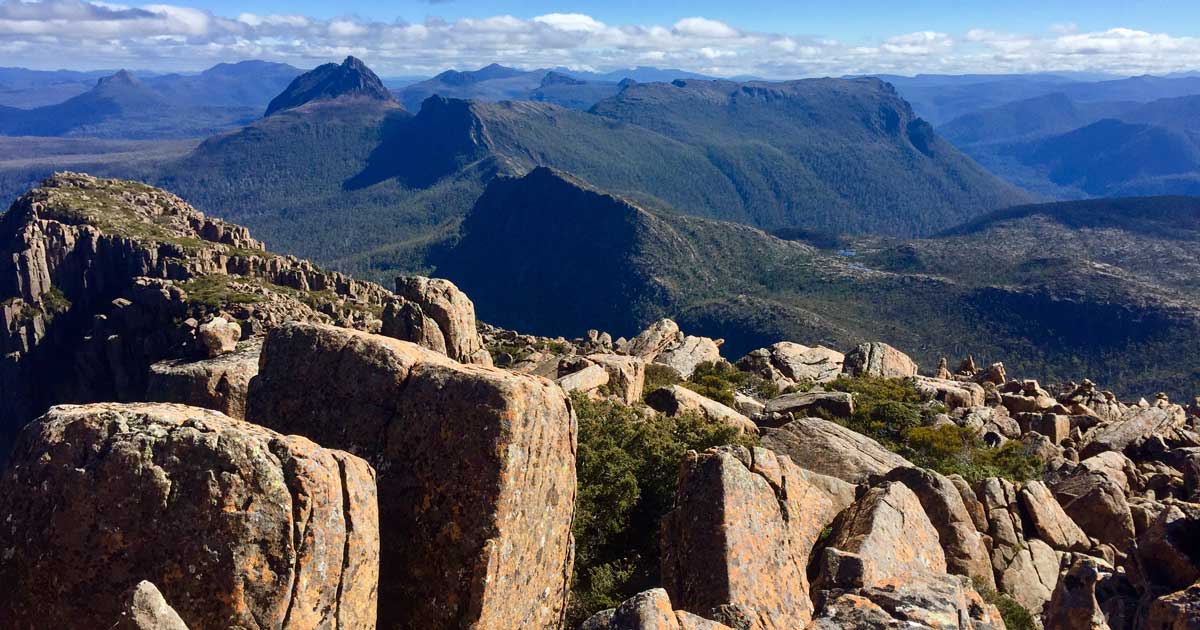
Tasmania (Tas)
Tasmania calls with a captivating wilderness, inviting you to walk through ancient rainforests teeming with life, traverse rugged cliff paths overlooking turquoise waters, and summit windswept peaks with panoramic alpine vistas. From gentle strolls to challenging multi-day adventures that test your limits, Tasmania’s diverse trails cater to every adventurer’s spirit. Immerse yourself in the crisp air, feel the earth beneath your feet, and discover the magic of this island paradise – one unforgettable step at a time.
Landscape: Diverse, encompassing mountainous wilderness like Cradle Mountain-Lake St Clair National Park, the dramatic coastlines of the Tasman Peninsula, and the remote and rugged terrain of the Southwest.
Climate: Temperate, with cool summers and mild winters. Rain is frequent throughout the year, and snow can blanket the higher mountains during winter. Be prepared for strong winds and sudden weather changes.
What to plan for:
- Unpredictable weather: Be prepared for sudden storms, strong winds, and even blizzards in high altitudes. Always check weather forecasts before venturing out and be ready to adjust your plans accordingly.
- Cold conditions: Pack for cool temperatures, even in summer. Hypothermia is a risk in winter, so ensure you have appropriate clothing and gear.
- Wildlife awareness: Leeches and snakes are present in some areas. Wear long pants and sturdy boots, and be cautious on the trail.

Australian Capital Territory (ACT)
Despite its compact size, the ACT punches above its weight when it comes to wilderness exploration. Hike through the majestic Brindabella Ranges or find serenity near the tranquil shores of Lake Burley Griffin. A network of diverse trails caters to all experience levels, from gentle strolls to challenging hikes with hidden waterfalls, scenic ridges, and vibrant wildflower fields. Embark on an adventure, all within easy reach of Canberra’s vibrant city center.
Landscape: Diverse, encompassing the hilly and forested ranges of Namadgi National Park, bordering the city of Canberra and its surrounding suburbs and farmlands.
Climate: Temperate, with warm summers and cool winters. Rain is common, while snowfall is rare. Be prepared for the possibility of sudden storms and heatwaves.
What to plan for:
- Variable conditions: Be aware of sudden weather changes, including heatwaves and storms. Check the forecast before you go and pack accordingly.
- Flash floods: After heavy rain, some areas may be prone to flash floods. Choose your trails carefully and be cautious near waterways.
- Wildlife awareness: Snakes are present, particularly during warmer months. Be cautious on the trail and remain aware of your surroundings.
Plan Your Unforgettable Australian Hiking Adventure
Australia’s diverse landscapes call hiking enthusiasts from all corners of the globe, offering trails that cater to every adventurer’s spirit, from challenging multi-day treks to leisurely weekend strolls through hidden valleys. This guide has provided a glimpse into the diverse hiking opportunities across each state, but this is just the beginning. With proper planning and a sense of adventure, you can discover an unforgettable journey that will leave you breathless.
Remember, within each state, there are further variations in terrain, climate, and hazards. Always double-check the official park websites or trail brochures for the latest information on specific trails and regions before you set off. This will ensure you have the most up-to-date details on weather, closures, conditions, and potential risks. So grab your backpack, and get ready to explore the magic of Australia, one step at a time. Remember, the most important aspects of your hike are safety, respect for the environment, and following Leave No Trace principles. With careful planning and responsible behavior, you can ensure your Australian hiking adventure is as rewarding as it is unforgettable.
